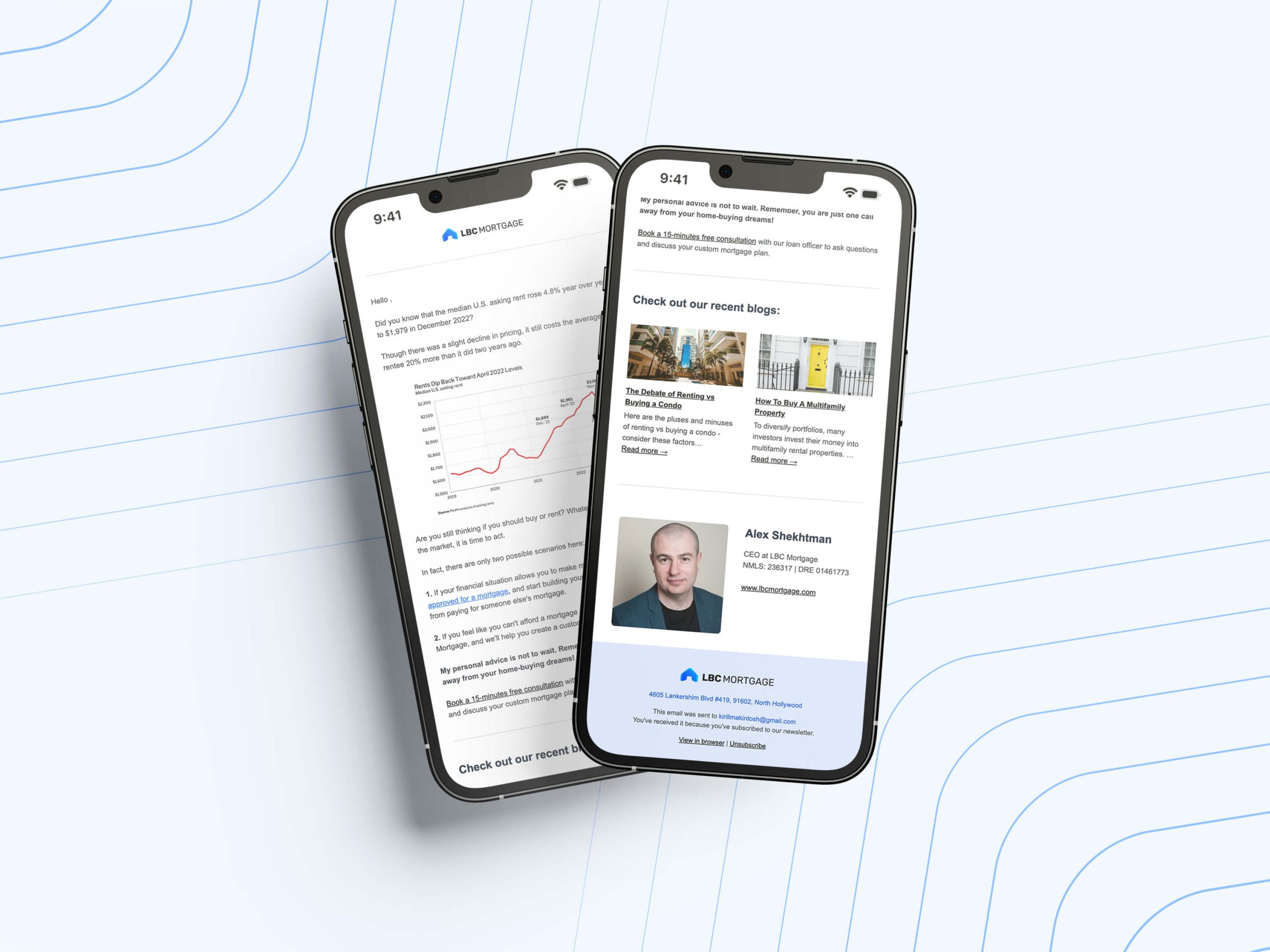Adjustable-rate mortgages are a popular option for United States homebuyers. ARMs offer lower initial interest rates than fixed-rate loans, making early monthly payments more affordable. After an introductory period (usually 5-7 years), the interest rate can fluctuate annually based on broader economic conditions. This piece unravels the complex terrain of an adjustable rate mortgage pros and cons, where borrowers gain entree to augmented amounts but tumble into the abyss of unpredictable monthly payments. Walk with us as we dissect the basics of ARMs, scrutinize the conceivable benefits and drawbacks, and provide advice on determining if an ARM harmonizes with your financial composition.
How Does an Adjustable-Rate Mortgage (ARM) Work?
A flexible mortgage diverges from the steadfast-rate norm by opting out of a fixed interest rate for the complete loan odyssey. It launches with a steady-rate kickoff for the early years, but then it’s a jive – the interest rate grooves annually in sync with a benchmark such as the prime rate. If broader economic rates increase, the ARM rate also adjusts upward. Limits on rate fluctuations are specified in the loan documents for the loan’s duration and each adjustment interval. This structure lets borrowers benefit from lower initial rates, with the risk of potential payment increases later. Understanding these details is crucial for determining if an ARM aligns with your timeframe, budget, and risk tolerance.
Adjustable-Rate Mortgage Pros and Cons
Let’s explore the pros and cons of adjustable rate mortgage revolving around our topic. This will help you gain a more detailed understanding of the matter.
Lower Initial Payments
ARMs generally offer lower introductory rates than fixed mortgages, meaning your initial monthly payments are more minor. This structure provides savings in the near term when money may be tighter as you cover closing costs. Lower fees at the start increase purchasing power and allow qualification for a more significant loan amount than with a fixed rate.
Delayed Impact of Rising Rates
As interest rates rise across the economy, ARMs must catch up in fixing rates and feeling the impact. Your introductory rate remains stable even as benchmark indexes increase. This insulates you from the immediate effect of rising rates, delaying increases until your adjustable period.
Flexibility
ARM borrowers have increased flexibility compared to those with fixed rates. Suppose your timeframe in the home is shorter-term. In that case, you can use introductory savings, knowing rates will adjust as you prepare to move. Alternatively, most ARMs allow prepayment or refinancing without penalty, allowing you to switch to a fixed rate if preferred.
Risk of Payment Spikes
Your monthly mortgage payments can spike significantly when your introductory period ends based on interest rate hikes. Caps placed on rate hikes offer limited protection. If rates rise substantially, it may dramatically impact affordability.
Difficulty Qualifying for Future Loans
Lenders view borrowers with fluctuating income or high debt-to-income ratios as riskier. Suppose your ARM adjusts significantly higher over time. In that case, you may no longer qualify for additional lending before paying off the mortgage. This can limit options to handle job loss or other financial constraints.
Complex Loan Structure
ARMs contain more complicated terms than fixed-rate mortgages related to indexes, margins, caps, and adjustment periods. This complex structure needs to be clarified for borrowers about what to expect regarding future payment changes. It’s critical to understand the fine print. Also, familiarize yourself with additional, less significant, pros and cons adjustable rate mortgage.
| Advantages | Disadvantages |
| Potential for Larger Loan Amounts | Prepayment Penalties |
| Interest Only Option | Potential for Higher Monthly Payments Over Time |
| Negative Amortization | Limited Fixed Rate Options |
Now, you can objectively examine this issue and make the right decision.
Who is an Adjustable-rate Mortgage Best for?
Adjustable-rate mortgages can be suitable options for specific types of borrowers who align with aspects of their structure. This includes those who:
- Plan to own the home for only 3-5 years on average
- Qualify for more significant loan amounts due to initial lower rates
- Have growing incomes able to handle gradual payment increases
- Want flexibility to refinance or can afford higher future payments
Generally, ARMs work best for borrowers comfortable with financial uncertainty and some level of risk.
Conclusion: Adjustable Rate Mortgage Worth It?
Overall, adjustable-rate mortgages allow borrowers to maximize affordability in the near term while accepting higher long-term risk. The ideal ARM borrower has financial flexibility, a higher risk tolerance, and a shorter timeline for homeownership. They are best for those planning to move or refinance within the introductory timeframe. If keeping payments steady long-term is a priority or the risk of payment shocks is unacceptable, then ARMs carry excessive risk compared to alternatives. As with any significant financial decision, understand and align all terms with your unique circumstances and priorities. An ARM can provide substantial cost savings but also introduces uncertainty that may not suit some homeowners’ situations. Analyze your timeframes, flexibility, and risk appetite to determine if it has the pros and cons of an adjustable rate mortgage over other options.
